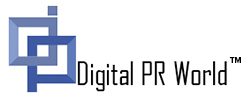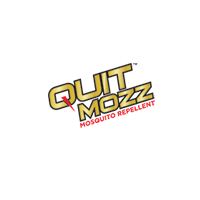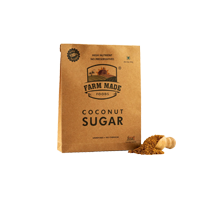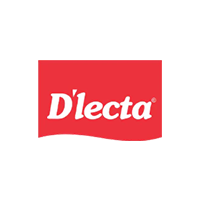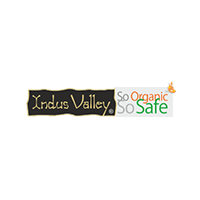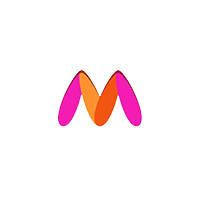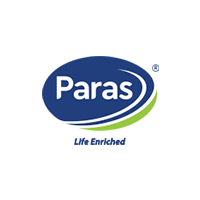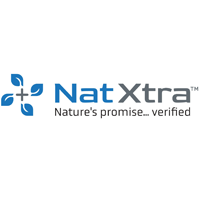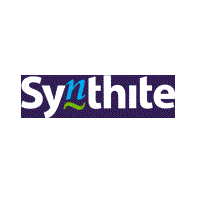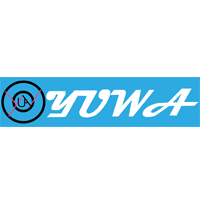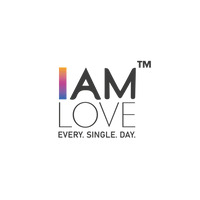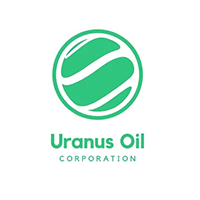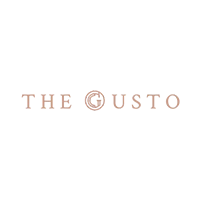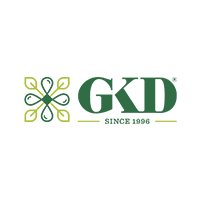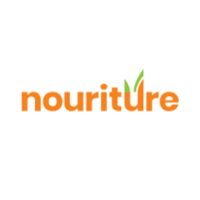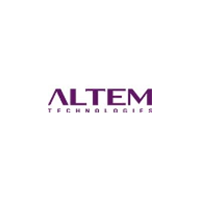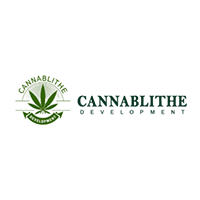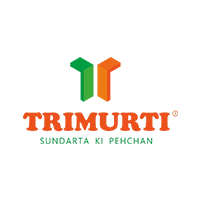In today’s noisy digital marketplace, brand visibility and credibility don’t come by chance. They come by design. That’s where a paid PR agency (or a hybrid PR model combining paid + earned + owned approaches) becomes a game changer.
The PR Landscape Is Evolving — And So Should You
Traditional PR—pitching to print, radio, or TV—still has value. But its digital counterpart, Digital PR, is now critical. Digital PR uses online platforms (news sites, blogs, social media, influencer channels) to tell your story, manage reputation, and build authority.
A paid PR agency doesn’t just rely on earning coverage organically; it plays smart in the PESO model (Paid, Earned, Shared, Owned) to amplify your reach, control messaging, and deliver measurable outcomes.
What a Paid PR Agency Brings to the Table
Guaranteed reach (with disclosures)
With paid PR, your brand can secure placements more predictably—via sponsored content, PR wire services with disclaimers, or paid media partnerships. This reduces reliance on luck or media gatekeepers.Amplification + control
You retain control over timing, narrative, and target audience. The agency can calibrate which geographies, segments, or outlets to push first, even while organic PR is still evolving behind the scenes.Credibility via earned media
Paid exposure can act as a seed, but strategic pitching, media relationships, and narrative framing help you earn mentions, interviews, third-party quotes, backlinks, and “as seen in” credibility. That earned media carries more trust among audiences.SEO & domain authority boost
High-quality online coverage often comes with backlinks. Those links, especially from recognized media outlets, contribute to your domain authority and search ranking improvements over time.Risk management & crisis readiness
A proactive PR agency helps you monitor sentiment, respond to negative narratives, and mitigate reputation risk. Many brands—for example in healthcare, D2C, or sensitive sectors—use PR firms to build resilient narrative strategies. (https://digitalprworld.com/risk-mitigating-pr-hospitals-nursing-homes-doctors/, https://digitalprworld.com/narrative-building-elevates-d2c-brands-digital-marketing-pr/, https://digitalprworld.com/occupy-7-positions-serp-1st-page/)Measurable outcomes & optimization
Unlike many traditional PR metrics, digital and paid PR campaigns offer real-time tracking. You can monitor impressions, earned vs paid coverage, referral traffic, conversions, and sentiment shifts. This data loop helps refine campaigns.
Best Practices When Working with a Paid PR Agency
Be transparent with disclaimers: Ensure paid content carries proper disclosure to maintain trust and comply with media or platform standards.
Anchor paid content in narrative themes: Don’t just “buy space”—tie the media placements to your brand story, campaigns, or thought leadership pillars so they don’t feel transactional.
Invest in content assets: Strong press releases, visuals, data studies, infographics will help both paid and earned coverage.
Maintain media relationships: Even when you pay, nurture genuine relationships with editors, journalists, and influencers—those help open doors for future organic coverage.
Blend paid + earned consistently: Use paid PR to kickstart momentum, then shift muscle toward earned and shared media to sustain credibility — the comp-plus synergy builds long-term brand strength.
A paid PR agency is not about “buying publicity” in a shallow way, it’s about strategic investment in your brand’s narrative, visibility, and reputation. When executed thoughtfully, paid PR helps brands “own the first move,” establish consistent presence, and funnel that exposure into earned credibility, SEO value, and long-term brand equity.
